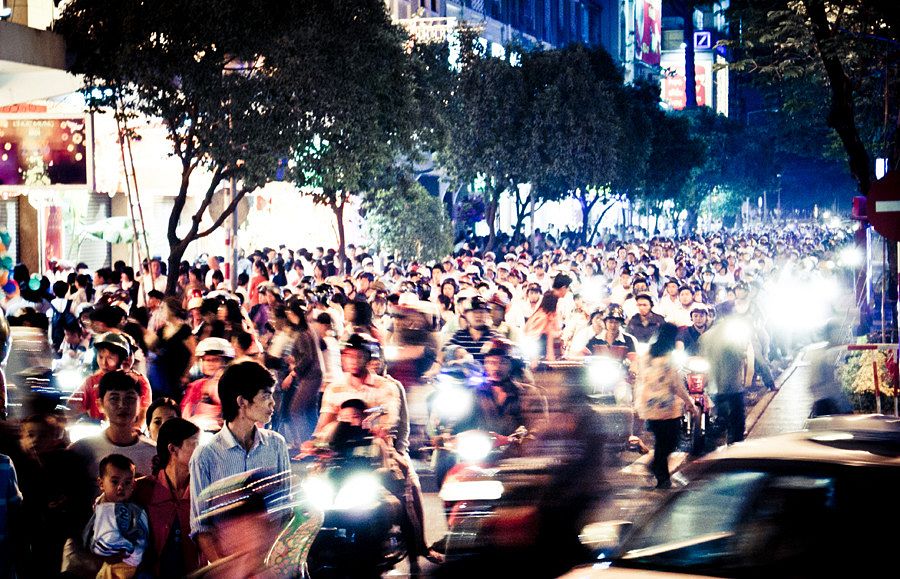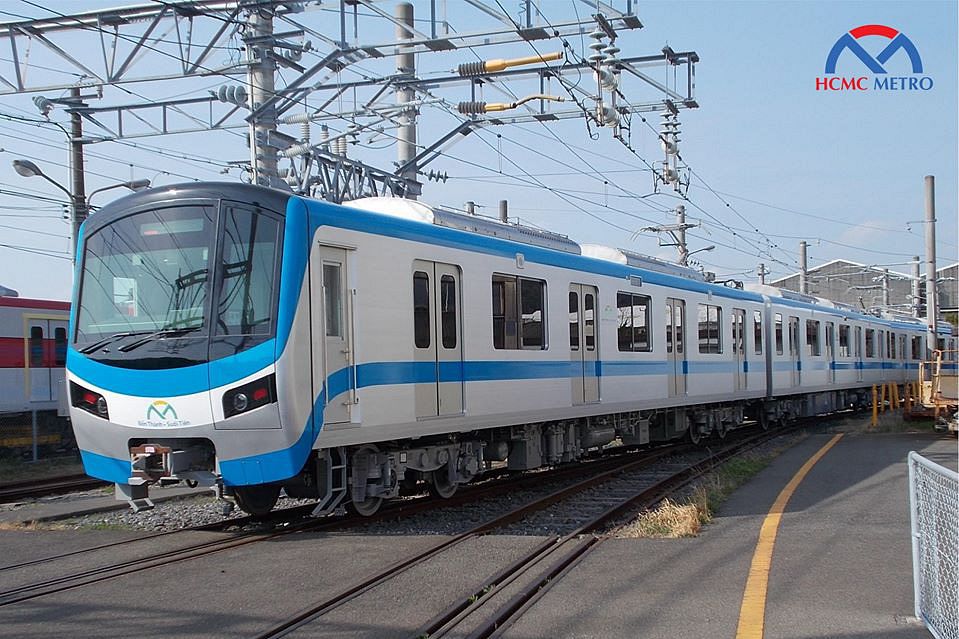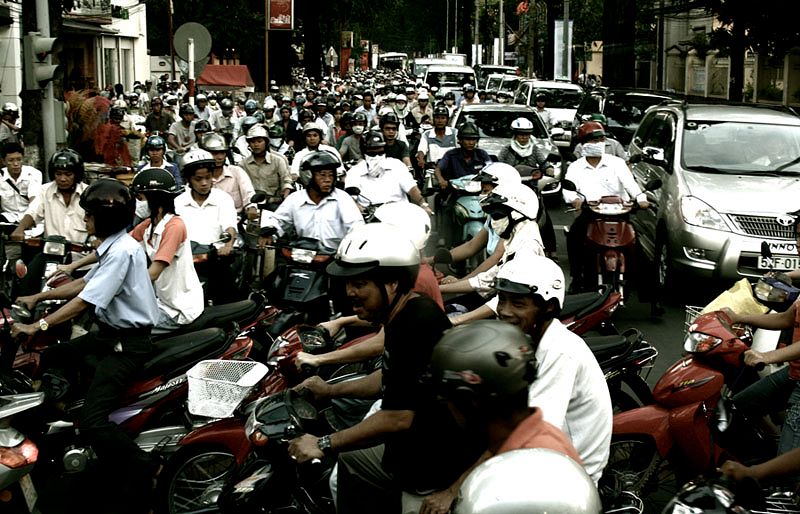“A developed city is not one in which the poor get around by car but one in which the rich get around by public transit” - Enrique Peñalosa, former mayor of Bogotá.
It seems like every time I’m stalled in traffic, cars and buses are to blame. Nimble motorbikes can easily navigate hectic traffic patterns (and drive on sidewalks) and buses get a pass since they’re the city’s only form of public transportation (and their numbers are fairly static). In a city designed without cars in mind, their increasing numbers are becoming a serious obstacle for the flow of traffic. But, while some curse cars, others are buying them at a record rate – the number of new cars sold in the first quarter of this year was higher than the total sold in 2012. Can Saigon complete its public transportation network fast enough to avoid “the age of the car”?
The Atlantic and the New York Times recently published pieces examining the transportation challenges facing Saigon as it rushes to complete its long-planned metro system. According to Robert Valkovic, the Asian Development Bank’s transport specialist for Vietnam, car sales rise significantly when GDP per capita reaches $3,000 per year. While the country average is about $1,400, Saigon passed the $3,000 threshold two years ago. This economic growth is becoming increasingly visible with 300 new cars added to Saigon's streets each day.
Additionally, the cost of used vehicles is falling and auto associations are calling for fewer restrictions such as registration fees and lower import tariffs, which can reach 70 percent of a vehicle’s total price.
Finally, and most important, is the lack of public transportation options until the metro lines are finished. To this end, the city is planning to implement a $152 million bus rapid transit system (BRT). According to the New York Times:
“Initial [metro] service isn't supposed to begin until 2017, however, which means several years in which less sustainable transport habits will be reinforced. To address this service gap, World Bank recently helped Ho Chi Minh City implement a BRT system. City officials toured Curitiba and Bogota, home to some of the world's most established rapid buses, as well as cities in China and Indonesia, home to similar emerging congestion problems. Afterwards officials mapped out a bus corridor designed to serve as a transit stop-gap, encourage high-density development, draw on solar energy, and ultimately enhance the metro system.”
BRT systems have seen success as a band aid for cities building their urban rail networks in the past. If the system comes to fruition, it will go a long way to reducing the growth rate of cars in the city. Thankfully, most of the Vietnamese public supports restrictions on cars in urban areas:
“Prof. Dr. Pham Xuan Mai, from the Institute for Transport Development Strategy, conducted a survey in HCM City, with up to 60 percent of the respondents supporting restriction of private cars in five major cities (Hanoi, HCM City, Hai Phong, Da Nang, Can Tho).”
It will be interesting to see if Saigon’s ambitious public transportation plans will be implemented quickly enough to keep the increasing rate of cars in check.














